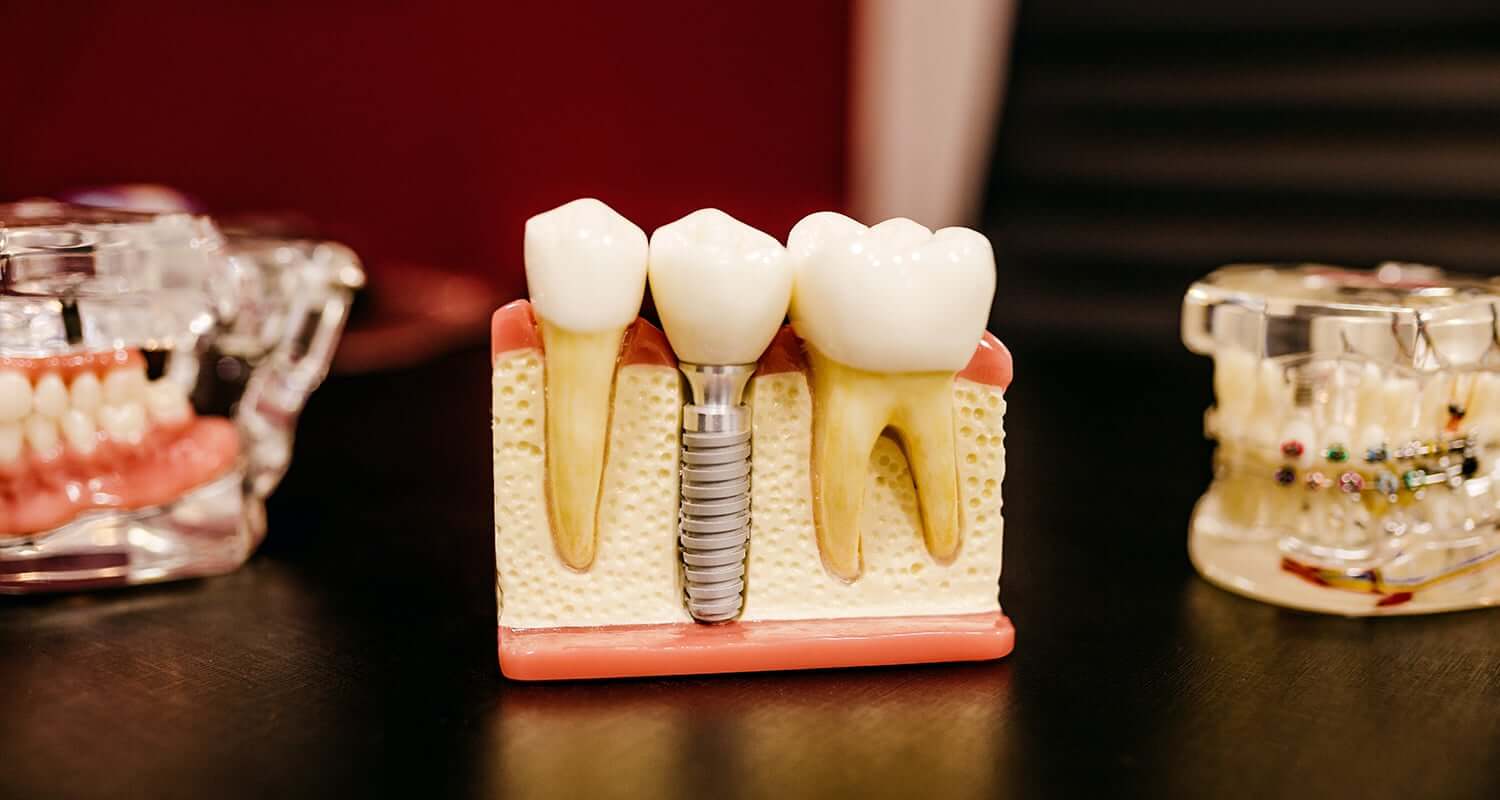
Most of the major dental malpractice insurance companies are “rating up” for dentists who place implants in their dental patients. This is a trend in dental malpractice insurance that is likely to continue and may well grow worse. As more dentists perform implant surgery, the complications from such treatment has climbed. In many cases, implants which were formerly placed only by oral surgeons and periodontists, who have experience in bone and soft tissue surgery, are now being placed by general dentists. Some of these dentists may not have routine experience in performing oral and periodontal surgery. Regrettably, this lack of experience has led to complications in implant-related surgery—and to more lawsuits and higher dental malpractice insurance premiums.
Some of the blame for rising dental malpractice insurance premiums may rest on the training the dentist receives. Many dental clinicians receive their implant training from CE courses offered by companies selling the implant product. These courses may not offer the hands-on experience that dental schools offer in their curriculum. Sometimes, the success of the implant is exaggerated so the dentist is not prepared for a complication. All of this is a concern to dental malpractice insurance companies.
In addition, the weak economy is forcing some dentists to be more aggressive in their placement of implants than recommended. Implants are being placed by dentists in compromised sites on compromised patients with inadequate bone and soft tissue. These added dental implant procedures and aggressive protocols require more extensive training than may be in place for routine implant placement. As one dentist said, “the more complicated the case, the more potential for complications”. Regrettably, some dentists today lack the training, skill and experience to be able to respond to unanticipated complications. This aggressive treatment protocol can lead to dental malpractice insurance claims.
For years now, most dental malpractice insurance companies took a “wait and see” approach to determining rates for placement of dental implants. They treated most dentists the same, or rated up based on the types of anesthesia the dentist used. Now, the dental malpractice insurance companies are seeing a rise in dental malpractice lawsuits for the reasons stated above. Rates are reflecting the inherent risk in placing implants and the resulting complication—which may be minimal, reversible, or irreversible in nature.
As dental malpractice insurance rates rise, many dentists who place a small number of implants are being forced to discontinue the procedures. Others are biting the bullet and paying the higher dental malpractice premiums, so they may continue to practice implant surgery. The important thing is to compare dental malpractice companies, rates, and coverage to find the policy that best fits your needs. We at Gracey-Backer, Inc. represent the finest dental malpractice carriers and can help you find the policy and premium that best suits you.

